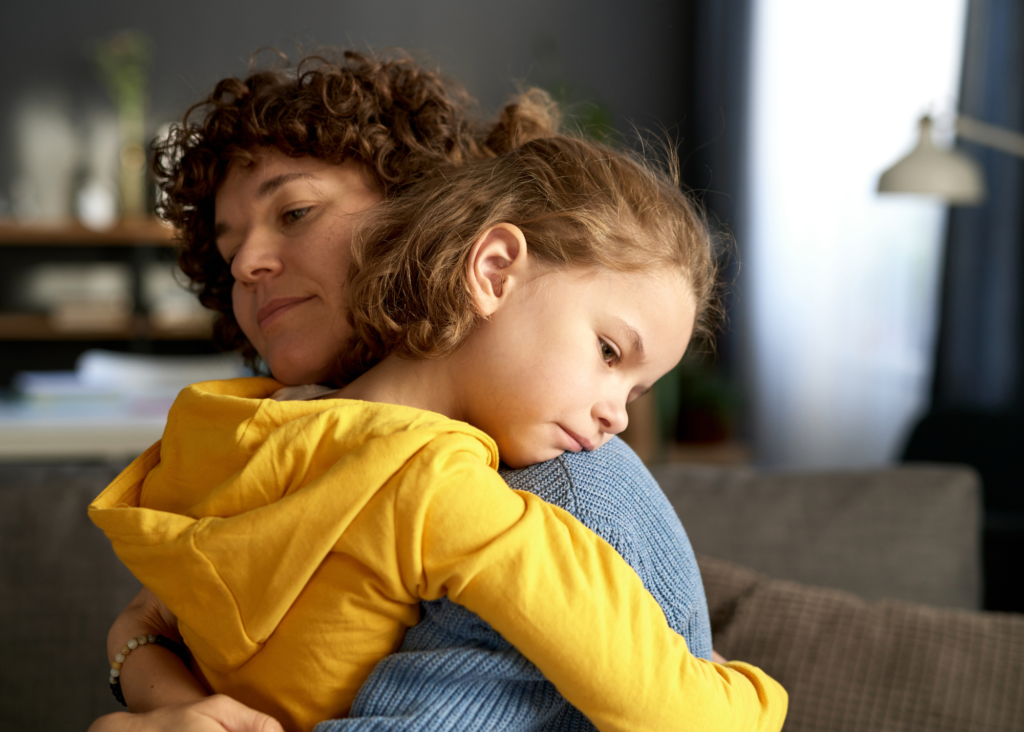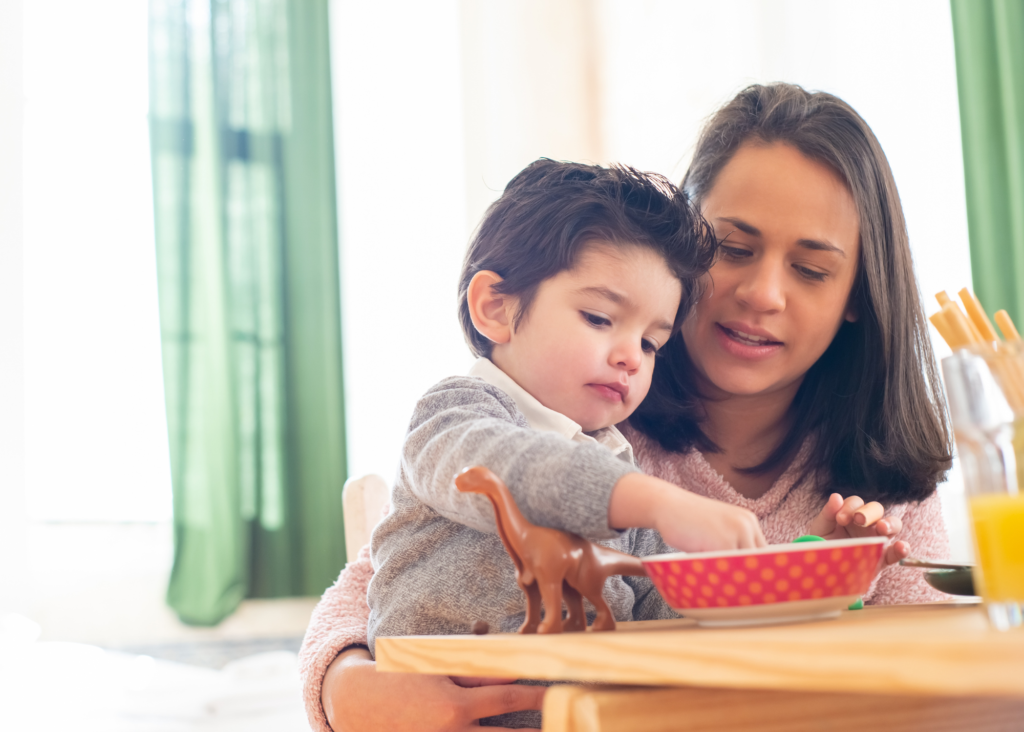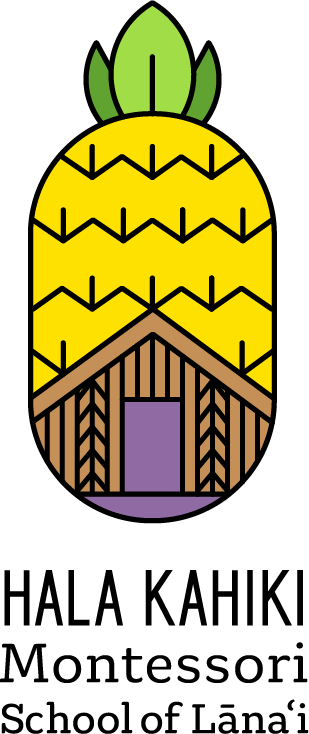Have you ever noticed that your child seems to hold it together all day at school, only to come home and melt down? This phenomenon is so common that it has a name: after-school restraint collapse. It often happens in children ages 1–6 (and even beyond) as they transition from the structured school environment back to the comfort of home.
What Is After-School Restraint Collapse?
Throughout the school day, children are managing a lot: following routines, practicing self-control, navigating social interactions, and concentrating on lessons. For young children, this takes a tremendous amount of energy and effort. Once they return home - their safe space - they finally release all the emotions they’ve been holding in. The result may look like tears, tantrums, clinginess, withdrawal, or simply being extra tired and quiet.

Signs of After-School Restraint Collapse
Every child expresses it differently, but some common signs include:
- Sudden crying or tantrums as soon as they get home
- Refusal to talk about their day
- Irritability, yelling, or quick frustration
- Needing extra comfort, cuddles, or attention
- Extreme tiredness, zoning out, or falling asleep early
Why Does It Happen?
Emotional effort: Children are working hard to adapt and "keep it together" in school.
Developmental stage: Young children are still building their emotional regulation skills and don’t yet have the words or strategies adults use to cope.
Safety of home: At home, children feel secure enough to let out their true feelings.
Sensory overload: Overhead lights, new sounds, group dynamics, and constant activity can be overwhelming.
Transitions: Moving from school to home is a big shift, and transitions can be hard for little ones.

How Can You Support Your Child?
- Welcome the release: Meltdowns are a sign your child feels safe with you.
- Offer connection before correction: Instead of rushing to fix or discipline, try a hug, a calm voice, or simply your presence.
- Provide downtime: Children often need quiet, unstructured time after school to decompress. Play outside, read together, or offer simple, open-ended toys.
- Keep transitions gentle: A snack, some water, or a cozy corner can help ease the shift from school to home.
- Model calm regulation: When you stay steady, you help your child learn how to calm themselves over time.
- Limit over-scheduling: Too many after-school activities can add to exhaustion and overwhelm.
- Create predictable routines: A familiar rhythm after school helps children feel secure and lowers stress.
A Montessori Perspective
Maria Montessori observed that young children exert great effort in adapting to their environment and that this work is often invisible to adults. What may look like “just a school day” to us is actually an enormous undertaking for the child. From making choices, to engaging in concentration, to navigating peer relationships - all of these require immense focus. When the day ends, the release of emotions is not misbehavior - it is a natural and healthy part of development.
In Montessori classrooms, we honor the child’s effort by providing calm, orderly spaces where they can work at their own pace. At home, parents can mirror this philosophy by offering rest, patience, and reassurance after school.

Practical Tips for Families
- Snack wisely: Offer nourishing foods with protein and hydration rather than sugar-heavy treats.
- Observe your child: Notice patterns — does the collapse happen at a certain time or after specific activities?
- Name the feelings: Give your child simple words: “You seem really tired” or “I see you’re feeling frustrated.”
- Build resilience slowly: Over time, children develop better self-regulation. Your empathy now builds their future strength.
If your child experiences after-school restraint collapse, know that you are not alone. Many families see this pattern, especially during times of transition or growth. By responding with empathy and consistency, you help your child feel secure and build the resilience they need for the future. What feels like a storm today is truly part of the growth process, and your calm presence is the safe harbor they need most.
“To give our children a fine start in life we must see that their surroundings satisfy their need for activity and development, remembering at the same time that our own part is not that of instructor and interferer but of helper. ”
Maria Montessori, Maria Montessori Speaks to Parents, p. 72
About Hala Kahiki
Designed for children 18 months – 6 years, Hala Kahiki is the first and only authentic Montessori school on Lāna’i. Under the guiding influence of specially trained teachers, children work with multi-sensorial materials to help them learn to think critically and become well-rounded global citizens. We would love to partner with you to give your children the best-possible early childhood education; please let us know how we can help you achieve your goals for your child.




